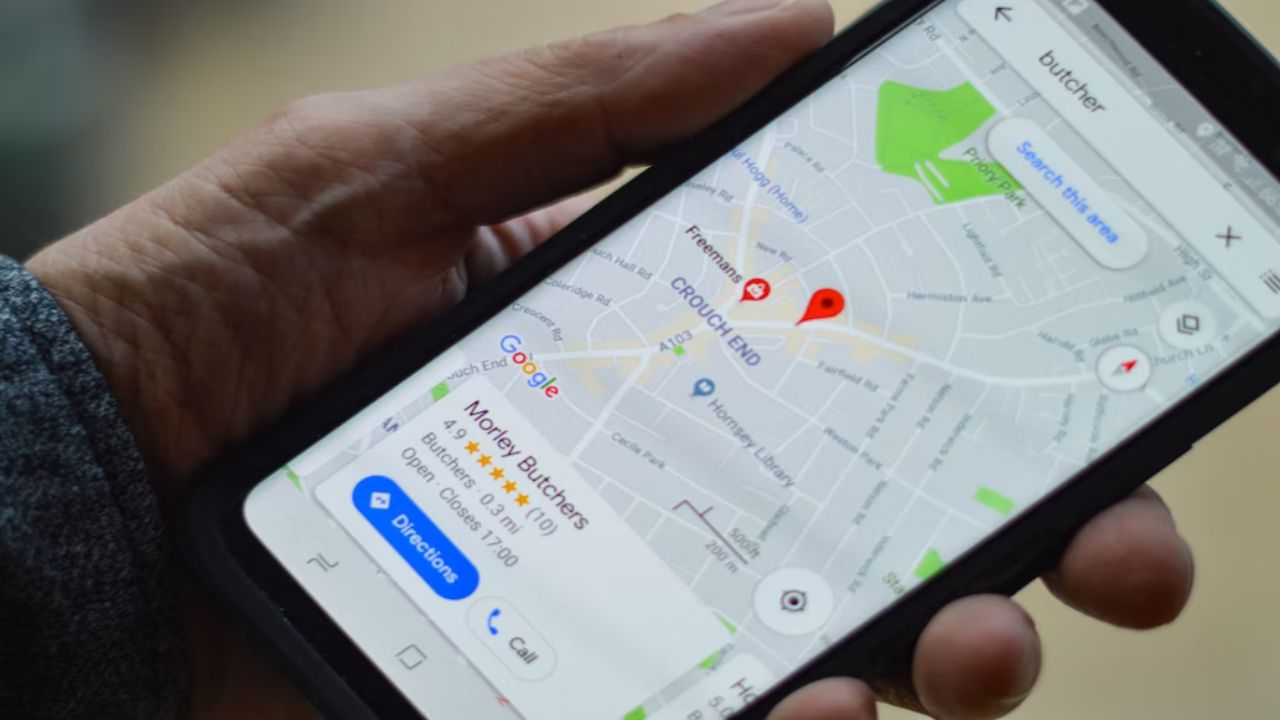How You Can Use Google Maps To Optimize Delivery Routes?

Page Contents
Planning and executing delivery routes is a critical aspect of any logistics process. Getting products to their destination quickly can significantly impact customer satisfaction and the overall success of your business. However, optimizing these routes to save time, money, and resources can be a complex task. That's where Google Maps can truly shine.
Known primarily for its navigational uses, this resourceful platform can also be instrumental in streamlining your delivery route planning process. Let's delve into how this tool can help optimize your courier’s routine and when to consider an alternative solution.
How to Optimize Routes Using Google Maps
If you’re unable to hire a third-party courier like Dropoff that offers drop-off services to your customer’s homes, you can use Google Maps to handle a few local deliveries.
Assign Locations to Drivers
If you have small feet, you can use Google Maps as long as you plan your routes in batches. While you can add multiple stops, you can’t plan multiple routes simultaneously.
With that said, you can start planning routes by assigning locations and territories to each driver. Circuit’s article on Google Maps routing tricks recommends that you include your starting point as one of your stops. This is where your courier will drive to and begin their delivery circuit.
List All Stops in Order
Once you know where your courier will start, you can start listing all of the drop-off locations in order. Ideally, you’ll want to make each stop close to each other. If you’re not too familiar with your local neighborhoods, you may need to write all postal codes on a separate sheet first.
With this info, you can start entering your stops. To do this, click the Direction button at your first destination, then click the three dots (“…”) in the upper right-hand corner and select “Add Stop.”
Build Routes in Batches
You aren’t allowed to include more than 10 stops, so your couriers have two options: enter 10 new stops when you complete the other 10 or create multiple batches of 10 or fewer stops.
To make a batch, you can create new lists. To do this, go to “Saved” and select “New List.” Your new list should continue where the last list left off, as this ensures your route is as optimized as it could be. Once the list is done, the courier can select the new one and keep on driving.
Reorder the Stops
Google Maps typically defaults to the fastest routes but doesn’t always optimize them. To ensure you’re route checks off all the boxes, you’ll need to reorder your stops. You can do this by clicking the three dots (“…”) in the upper right-hand corner and selecting “Edit Stops.”
You’ll see a list of stops that will be in the order you added them in. Select the three lines beside each stop and move them around until your route is the fastest, most optimized possible.
When to Use an Alternative to Google Maps
Google Maps is great for businesses that need to make a few local deliveries or for personal use, but relying on it could negatively affect your company and its customers over time.
When You Have Routing Constraints
Running into routing constraints can pose a significant challenge if you depend solely on Google Maps for route planning. Such limitations may include specific delivery time windows, vehicle load capacity, weather/accidents, or the type of roads your vehicles can travel on.
In these situations, Google Maps won't provide a thorough solution since it does not account for these factors when plotting routes, potentially leading to inefficiencies in your operation.
When You’re in Charge of Other Delivery Operations
Being in charge of other delivery operations apart from route planning can make your responsibilities seem like a juggling act. While it's excellent for basic mapping and direction needs, it lacks comprehensive features to manage complex logistics tasks or large fleets.
If you're responsible for coordinating these elements along with route planning, it would be more effective to consider integrated delivery management software. It’ll save you a lot of time.
When You Need Multiple Routes for Multiple Vehicles
Operating with multiple vehicles that run on different delivery routes simultaneously can overwhelm Google Maps' capabilities. This is because it wasn't specifically designed to handle intricate fleet management tasks at a large scale. It’s more suited to individual trips.
For such complex operations, you're better off employing specialized fleet management systems. These offer more strategic tools tailored to multi-vehicle and multi-route planning.
When You Want to Optimize the Stop Order
If optimization of the stop order in your delivery schedule is a priority, Google Maps may not be the most suitable option. Yes, it allows for basic routing and manual reordering of stops. However, it lacks in-depth analytics or smart algorithms capable of optimizing stop sequences.
To take advantage of these advanced route planning features and ensure the highest efficiency in your operations, consider using dedicated route optimization software solutions instead.
In Conclusion…
Understanding how to effectively optimize your delivery routes can make a significant impact on your operation's efficiency. As we've seen, Google Maps can be a helpful tool in keeping things running smoothly. But sometimes, you’ll need something more powerful for your business.

Beth Cox has been a well-known keynote speaker and author as well as a business and technology advisor. She helps companies improve their business performance, better utilize data, and understands the implications of new technologies, such as (AI)artificial intelligence, big data, blockchains and the Internet of Things.